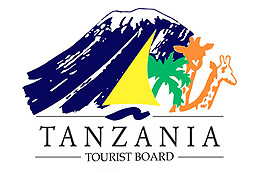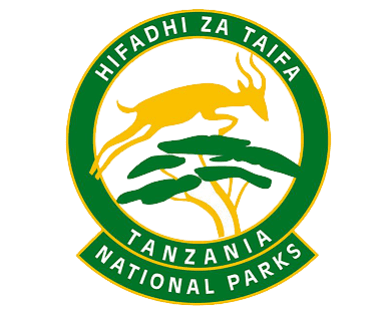Tanzanian Wildlife
Diverse Ecosystems of Tanzania
Tanzania boasts a variety of ecosystems that support its diverse wildlife, from savannahs and woodlands to mountains and coastal regions. Each of these habitats plays a crucial role in the lives of the animals that inhabit them.- Major Ecosystems in Tanzania
- Savannahs and Grasslands: Home to the famous Big Five—lions, elephants, leopards, rhinos, and buffalo.
- Mountain Regions: Such as Mount Kilimanjaro and the Eastern Arc Mountains, host unique species like the colobus monkey.
- Coastal and Marine Areas: Include coral reefs, mangroves, and seagrass beds, supporting marine life like dolphins, sea turtles, and colorful fish.
The Big Five and Beyond
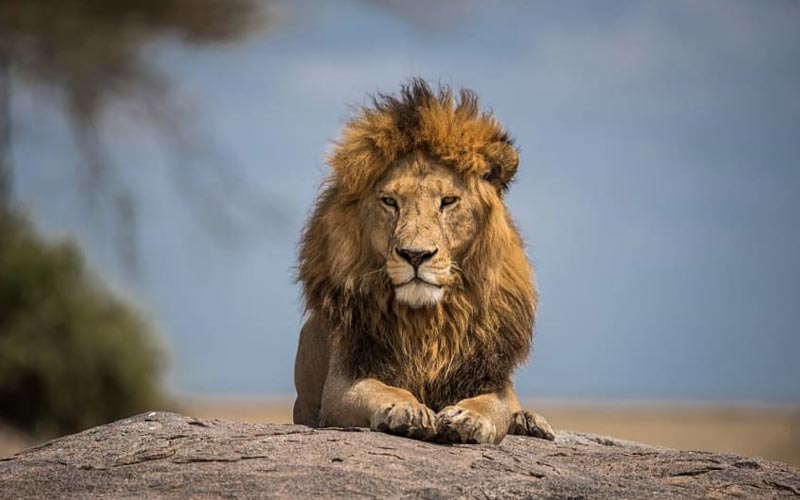
- The Big Five
- Lions: Often found in pride within Serengeti and Ngorongoro Crater.
- Elephants: Common in Tarangire and Selous Game Reserves.
- Leopards: Usually solitary and seen in the Serengeti and Ruaha National Park.
- Rhinos: Endangered and mostly found in protected areas like Ngorongoro.
- Buffalo: Abundant across many national parks, often seen in large herds.
- Other Notable Wildlife
- Cheetahs: Fastest land animals, thriving in the Serengeti plains.
- Giraffes: Tanzania’s national animal, frequently spotted browsing in savannahs.
- Zebras and Wildebeests: Key players in the Great Migration, moving between Serengeti and Masai Mara.
- Hippos and Crocodiles: Inhabit rivers and lakes, like the Rufiji River in Selous.
Birdwatching Paradise
Tanzania is a haven for birdwatchers, with over 1,100 species recorded across its diverse habitats. From the flamingos of Lake Manyara to the fish eagles of Lake Victoria, the country offers incredible birdwatching opportunities.- Popular Bird Species
- Flamingos: Found in alkaline lakes like Lake Natron.
- Grey Crowned Crane: Often seen in open grasslands.
- Lilac-breasted Roller: Known for its vibrant colors and aerial acrobatics.
- Fish Eagle: Common near lakes and rivers, known for its distinctive call.
Conservation Efforts and Challenges
Tanzania’s wildlife faces numerous threats, including habitat loss, poaching, and human-wildlife conflict. Conservation efforts are critical to preserving the country’s biodiversity.- Key Conservation Areas
- Serengeti National Park: A UNESCO World Heritage Site known for its vast migration.
- Ngorongoro Conservation Area: A unique blend of wildlife conservation and human habitation.
- Selous Game Reserve: One of the largest faunal reserves in the world.
- Major Conservation Challenges
- Poaching: Particularly of elephants and rhinos for ivory and horns.
- Habitat Destruction: Due to agriculture, logging, and human settlement expansion.
- Climate Change: Affecting weather patterns, water availability, and wildlife migration.
Best Times to Visit for Wildlife Viewing
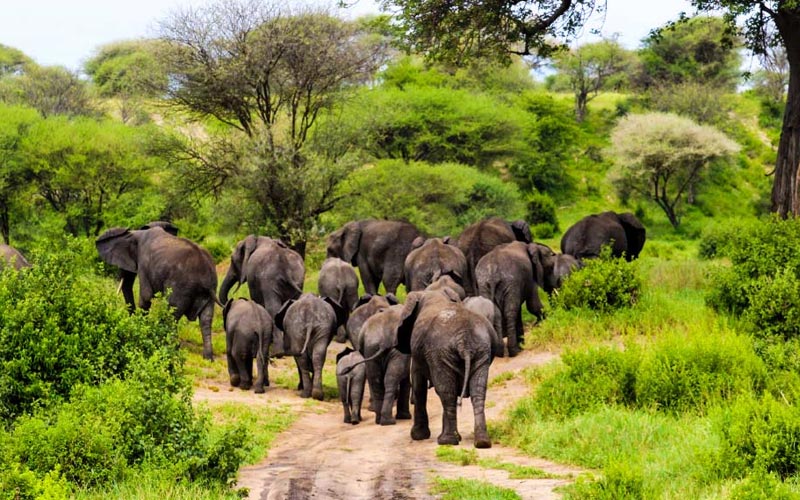
- Best Months for Safaris
- June to October (Dry Season): Best for game viewing as animals gather around water sources.
- January to March: Calving season in the Serengeti, offering opportunities to see newborns and predator interactions.
- Great Migration Highlights
- June to July: Wildebeest migration through the Grumeti River.
- August to September: The dramatic Mara River crossings, known for crocodile ambushes.
Safety Tips for Viewing Wildlife
While Tanzania’s wildlife is awe-inspiring, it’s important to prioritize safety during your visit.- General Safety Guidelines
- Keep Your Distance: Never approach wildlife too closely; use binoculars or cameras with zoom lenses.
- Stay Inside Vehicles: On safaris, always remain inside your vehicle unless your guide says it’s safe to exit.
- Follow Park Rules: Adhere to all park guidelines and listen to your guide’s instructions.
- Specific Safety Tips
- Avoid Night Walks: Many predators are active at night, making it unsafe to walk without a guide.
- Do Not Feed Animals: Feeding wildlife can disrupt their natural behavior and pose dangers to both humans and animals.
- Be Cautious Around Water: Crocodiles and hippos are common in rivers and lakes; stay vigilant near water bodies.
Responsible Tourism and Supporting Conservation
Tourism can be a powerful tool for conservation when done responsibly. Supporting ethical tourism helps fund conservation efforts and protects Tanzania’s wildlife.- How to Be a Responsible Tourist
- Choose Eco-Friendly Lodges: Select accommodations that prioritize sustainability and conservation.
- Support Local Communities: Engage with local guides and communities to ensure tourism benefits those living near wildlife areas.
- Respect Wildlife: Follow ethical practices, such as not disturbing animals and supporting conservation initiatives.
Unique Wildlife Experiences in Tanzania
Beyond traditional safaris, Tanzania offers a range of unique wildlife experiences.- Walking Safaris
- Selous Game Reserve: Offers guided walking safaris for an immersive experience.
- Arusha National Park: Known for its scenic walking trails with chances to spot giraffes and antelopes.
- Hot Air Balloon Safaris
- Serengeti: Experience the vast plains and migrating herds from above.
- Chimpanzee Trekking
- Gombe Stream National Park: Famous for its chimpanzee population studied by Jane Goodall.
- Mahale Mountains: Offers a remote and pristine trekking experience with wild chimpanzees.
Tanzania is a wildlife enthusiast’s dream, offering unparalleled opportunities to witness some of the planet’s most iconic and diverse species. Whether you’re chasing the Great Migration, trekking with chimpanzees, or enjoying the serenity of a hot air balloon safari, Tanzania’s wildlife will captivate you. By understanding the ecosystems, respecting wildlife, and supporting conservation efforts, you can help ensure that these natural wonders continue to thrive for generations to come.
FAQs
1. What is the best time to visit Tanzania for wildlife viewing? The dry season, from June to October, is generally the best time for wildlife viewing, as animals gather around water sources. The calving season from January to March is also a great time, especially in the Serengeti. 2. Can I see the Big Five in Tanzania? Yes, Tanzania is one of the best places to see the Big Five—lions, elephants, leopards, rhinos, and buffalo—especially in parks like the Serengeti, Ngorongoro, and Tarangire. 3. What are the main threats to Tanzania’s wildlife? The main threats include poaching, habitat destruction, and human-wildlife conflict. Conservation efforts are ongoing to address these challenges. 4. How can I be a responsible tourist in Tanzania? Support eco-friendly accommodations, respect wildlife, follow park rules, and engage with local communities to ensure your tourism dollars benefit conservation efforts. 5. Are walking safaris safe in Tanzania? Yes, walking safaris can be safe when conducted with experienced guides in designated areas. They offer a unique and close-up experience of the wilderness but always follow your guide’s instructions. For comprehensive planning, explore the following guides on our site: Visit our page for expert advice and detailed tips to make the most of your Tanzanian adventure.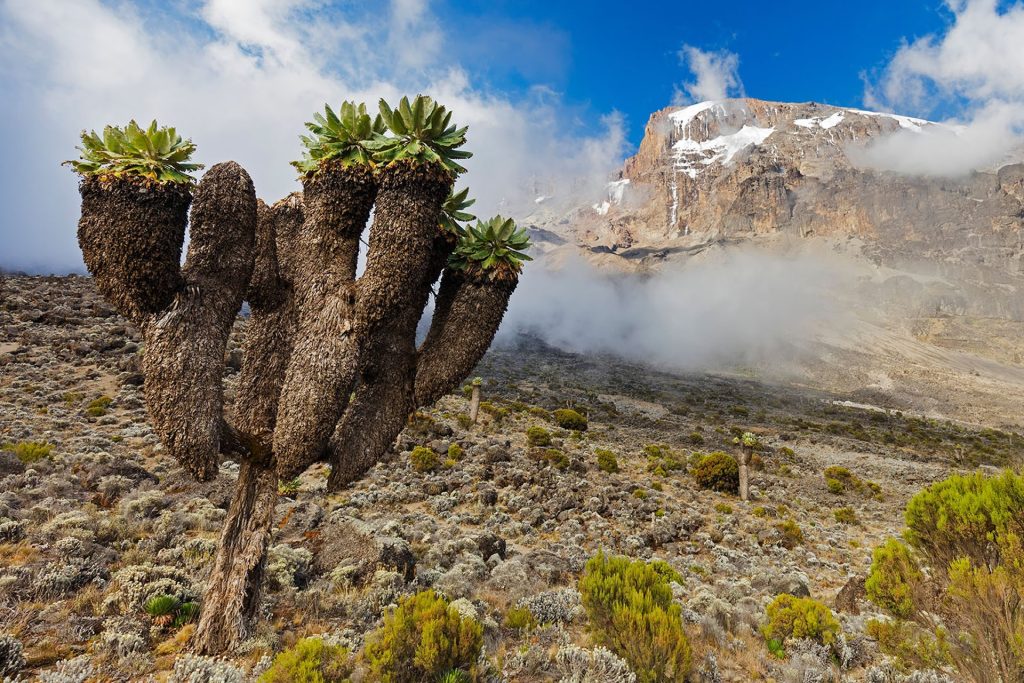

Kilimanjaro Climb
Book Hiking tours to Mount Kilimanjaro, The Roof of Africa, Best Prices Guarantee!
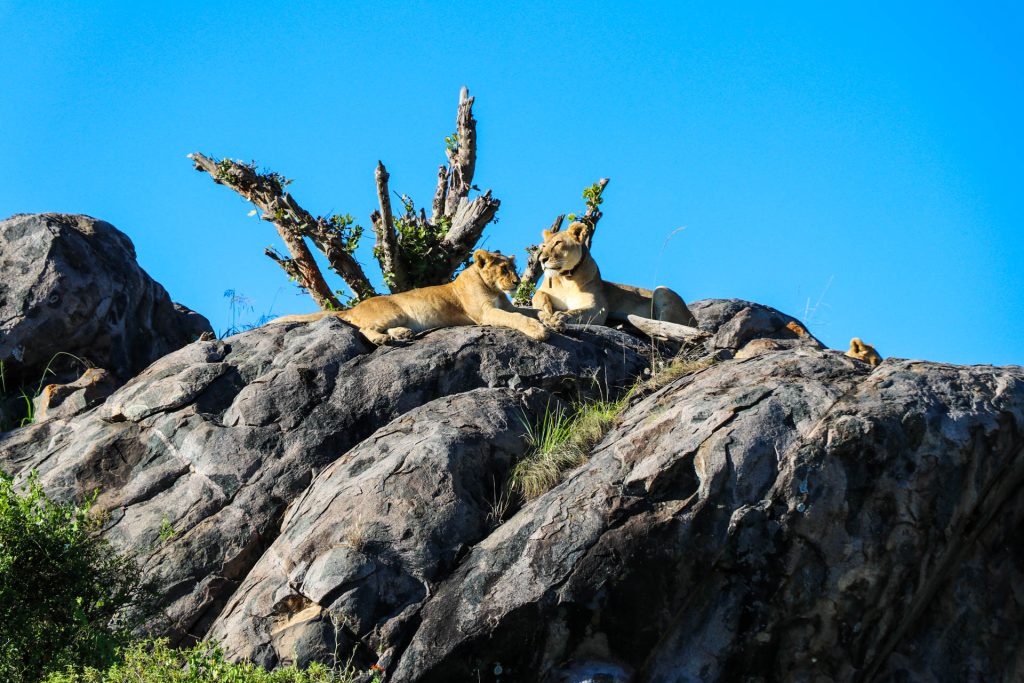

Tanzania Safari Vacations
Explore our Unforgettable Tanzania Budget, Mid-Range & Luxury Wildlife Safari.
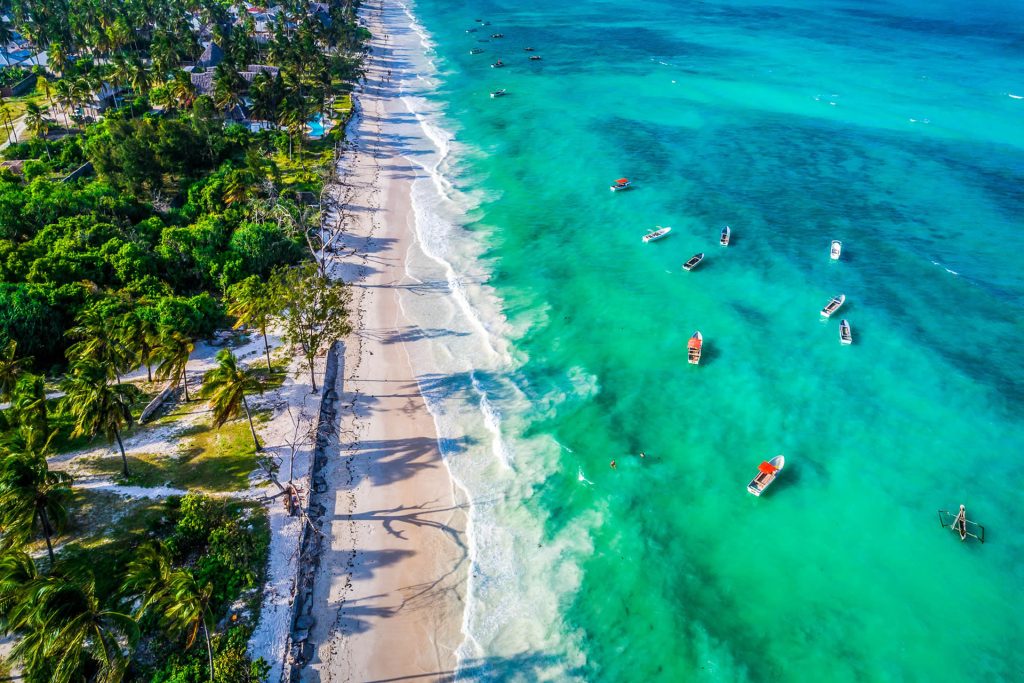

Beach Excursions
Visit Zanzibar Island and Coastal Tanzania for beach tours before and after a climb or safari.
ABOUT BOKER ADVENTURE…
Boker Adventure is a Tanzania Tours company located in Moshi town along the slope of Mount Kilimanjaro committed to offering local experiences such as Mount Kilimanjaro climbing experiences, Tanzania Wildlife Safari Experiences, Tanzania cultural tourism, bike tours, honeymoon, Air Ticketing and beach holidays. At Boker Adventures, we offer you a unique and comprehensive selection of Tanzania Private tours that are tailor made to suit your schedule and budget.
Please give us an opportunity to organize your African dream holiday!.






